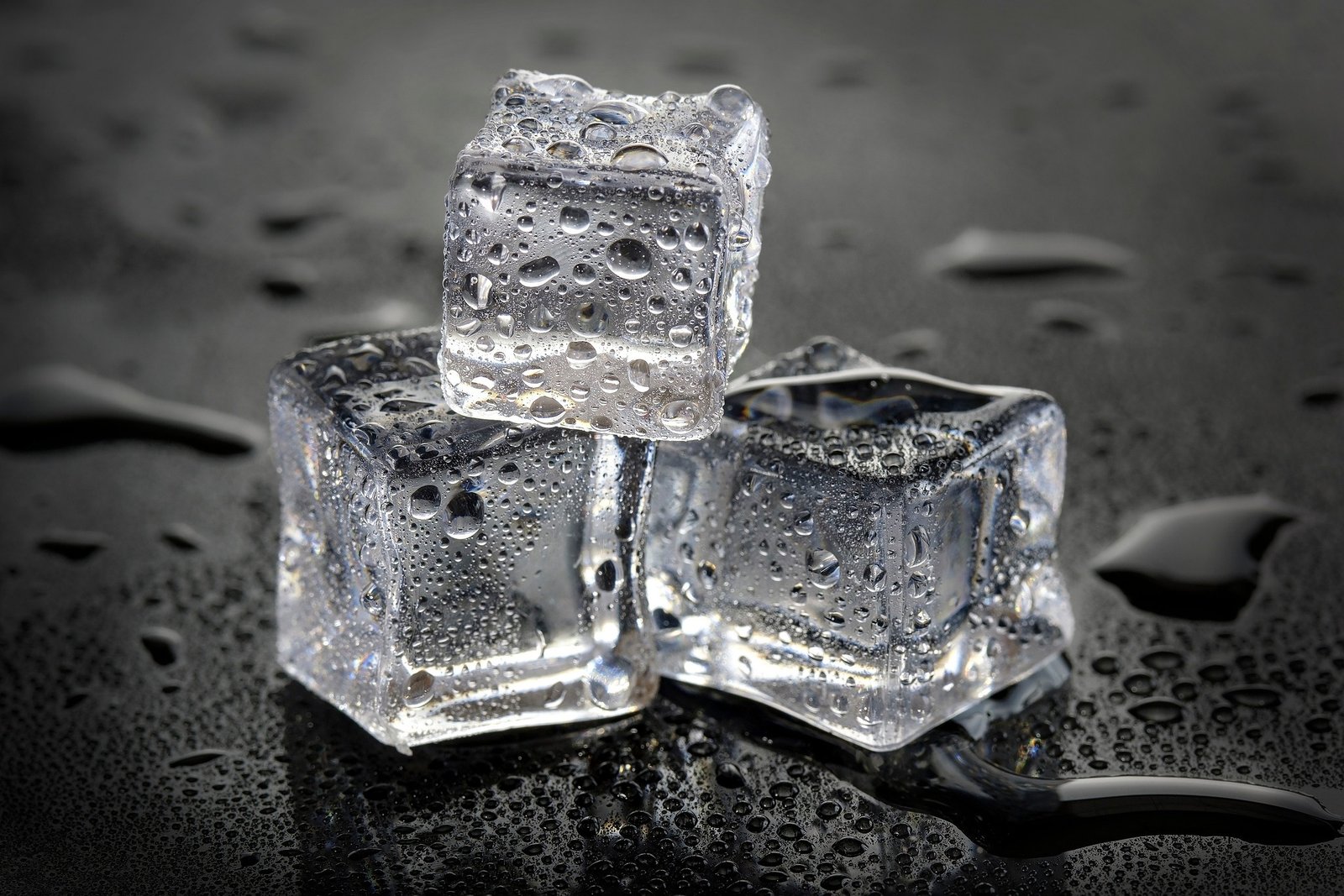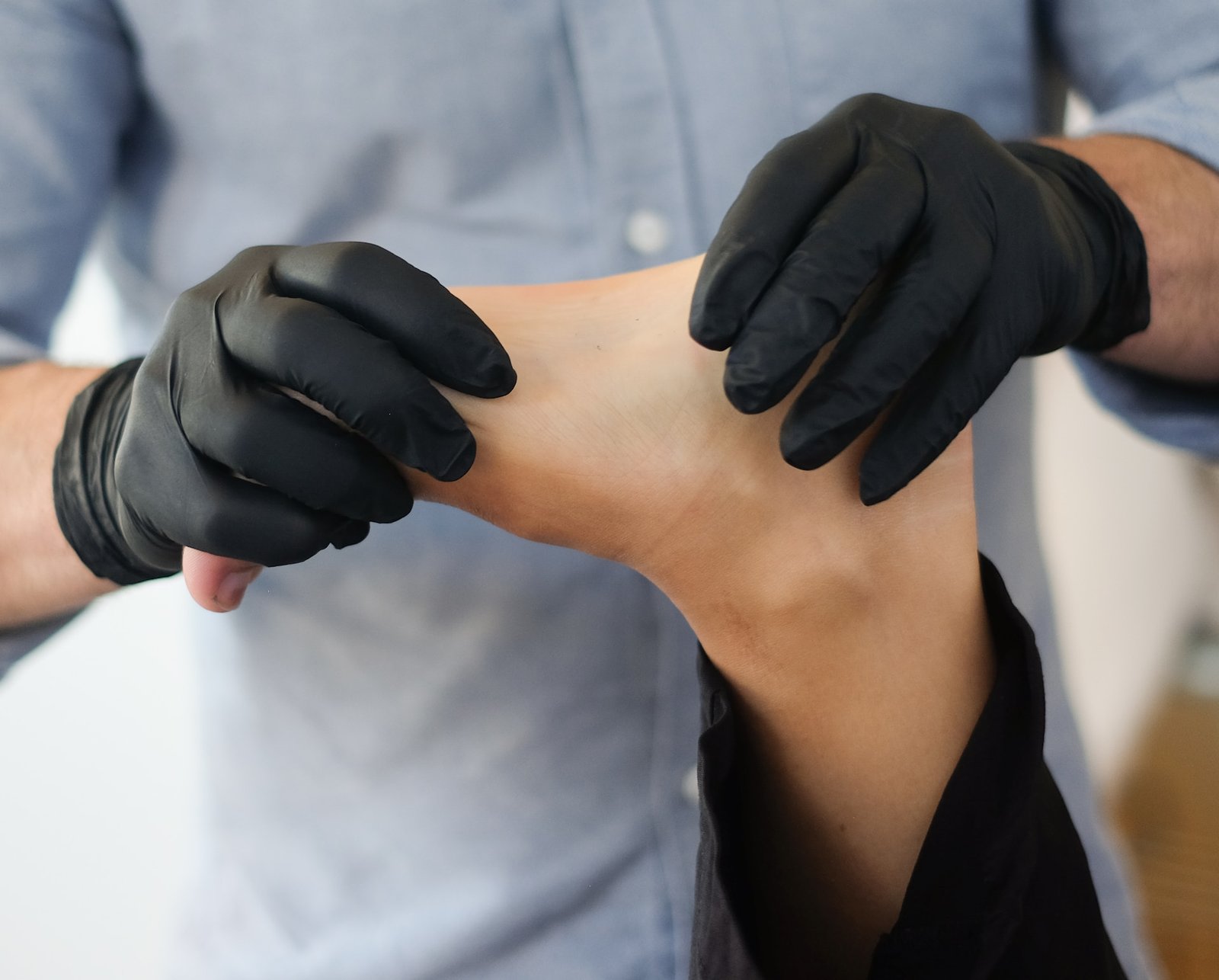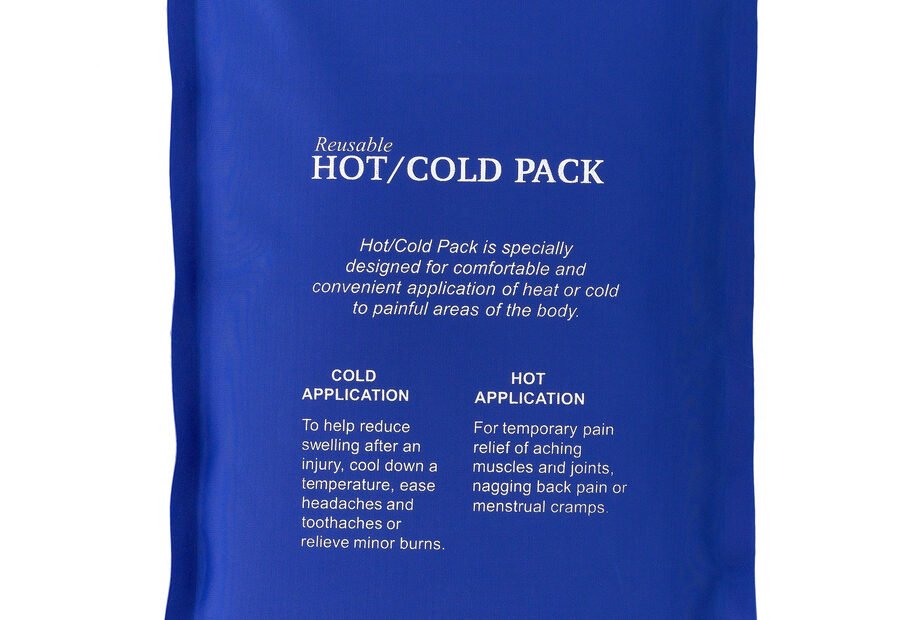Introduction
Picture this: You wake up in the morning, ready to take on the day, but as soon as your feet hit the floor, a sharp pain shoots through your heel. For many sufferers of plantar fasciitis, this scenario is all too familiar. The relentless agony of this condition can be debilitating, affecting every step you take. As you navigate the maze of treatment options, one avenue worth exploring is the use of hot and cold packs. In this article, we will delve into the therapeutic benefits of a hot & cold pack for plantar fasciitis relief, backed by statistics and credible sources to guide you on your journey toward comfort and healing.
Understanding Plantar Fasciitis
Plantar fasciitis, the bane of runners, gym-goers, and anyone who’s ever cursed the existence of stairs, afflicts a staggering 1 in 10 adults. This band of tough connective tissue running along the arch of your foot can become overworked and inflamed, leading to that agonizing morning stab and a dull ache that shadows your every step. But before you resign yourself to a life of slipper-dependence, know this: hot and cold therapy, nature’s yin and yang of healing, stand ready to soothe your woes.

Cold Packs: A Chill Approach to Relief
Think of your inflamed plantar fascia as a miniature volcano, spewing pain with every eruption. Now, imagine smothering that fiery crater with a soothing blanket of ice. Studies published in the American Journal of Sports Medicine found that applying ice for 15-20 minutes, 3-4 times a day, significantly reduced pain and improved function in plantar fasciitis sufferers. The cold constricts blood vessels, reducing inflammation and promoting healing, like a frosty knight quenching the flames of discomfort.
But ice isn’t a solitary hero. Combine it with gentle stretching, as recommended by the Mayo Clinic, and you’ve got a double whammy against pain. Stretch your feet, calves, and Achilles tendon after icing, gently coaxing flexibility back into those fire-kissed tissues. Remember, consistency is key! Embrace the icy ritual each morning and evening, and feel the lava of pain slowly cool into a manageable embers.

The Healing Power of Heat
While ice soothes the fiery rage, heat brings gentle encouragement, like a sunbeam coaxing a flower to bloom. Applying heat for 15-20 minutes before exercise or activities that typically aggravate your plantar fasciitis can increase blood flow and loosen tight muscles, preparing your foot for action. According to a study published in the Journal of Orthopaedic & Sports Physical Therapy, 82% of participants reported significant improvement in pain levels after incorporating heat therapy into their plantar fasciitis treatment routine.
But heat isn’t just a pre-game warm-up. Soaking your feet in a warm bath infused with Epsom salts, as suggested by the Arthritis Foundation, can work wonders post-activity. The magnesium in Epsom salts acts as a natural muscle relaxant, easing tension and promoting healing. Imagine sinking into a soothing bath, the warmth radiating outward, melting away the day’s accumulated aches.
When to avoid Cold & Hot Packs
Cold and hot packs should be avoided on areas of the body with impaired sensation or vascular disease. Similarly, refrain from using hot packs on areas with compromised circulation, such as diabetic feet. Seek medical advice if you have a medical condition affecting your sensitivity to temperature. Use cold and hot packs cautiously if you have a history of skin sensitivity or reaction. Pregnant women should consult a healthcare provider before using these packs, especially on the abdomen.
Possible side effects of Cold & Hot Packs
Prolonged use of cold or hot packs can result in discomfort, redness, or numbness when left on the skin for too long. Similarly, hot packs, if too hot or applied for an extended period, can lead to burns, blistering, or irritation. It’s crucial to use cold and hot packs responsibly to avoid skin damage and potential side effects, especially in individuals with reduced sensation. Extreme temperatures can cause tissue damage, emphasizing the importance of cautious usage.
It’s an Individual Game
Remember, plantar fasciitis is a unique foe, and what works for one warrior may not for another. Experiment with different hot and cold applications, from gel packs and heating pads to warm towels and ice baths. Listen to your body, and find the temperature rhythm that resonates with your pain. Some may find solace in alternating hot and cold therapy, mimicking the body’s natural healing cycle. Others may discover relief in a single temperature approach, embracing either the frosty embrace of ice or the gentle warmth of heat.
Other Treatment Options for Plantar Fasciitis
Physical therapy and specific exercises aid in strengthening and stretching the foot muscles. Medications, like nonsteroidal anti-inflammatory drugs, help alleviate pain and inflammation. Corticosteroid injections provide relief from severe plantar fasciitis symptoms. Custom orthotic devices, such as shoe inserts, support the foot arch and reduce strain on the plantar fascia. Additionally, extracorporeal shock wave therapy is a non-invasive treatment option for persistent plantar fasciitis.

Physical Therapy and Exercises
Physical therapy for plantar fasciitis integrates stretching, strengthening, and proprioceptive exercises. Common exercises include eccentric heel drops, calf stretches, and towel stretches. A tailored exercise program addresses individual needs and restrictions, facilitating gradual progression to enhance muscle strength, flexibility, and foot function. The aim is to correct biomechanical imbalances and diminish stress on the plantar fascia, promoting effective treatment.
Medications and Injections
Managing plantar fasciitis may involve nonsteroidal anti-inflammatory drugs, like ibuprofen, for pain and inflammation. Corticosteroid injections are recommended for severe symptoms, often administered under ultrasound guidance. Medications and injections are part of a comprehensive treatment plan supervised by healthcare providers. Close monitoring of potential side effects is essential when using these treatments for plantar fasciitis.
When to Seek Medical Assistance
If symptoms persist despite conservative treatments like cold and hot pack therapy, seeking guidance from a healthcare provider is advisable. Medical evaluation is essential for persistent, severe, or worsening plantar fasciitis symptoms. Individuals with underlying health conditions, particularly diabetes, should promptly seek medical advice for proper foot care. Any indications of infection, such as fever or redness, warrant immediate medical attention to prevent complications and ensure effective management of plantar fasciitis.
Signs you should consult a healthcare professional
Persistent pain despite rest and home treatments warrants medical advice. If the pain interferes with daily activities or worsens over time, consulting a healthcare provider is recommended. Persistent heel inflammation or difficulty in walking due to the condition also necessitates medical attention. Seeking professional guidance promptly can prevent complications and ensure effective management of plantar fasciitis.
Can prolonged Plantar Fasciitis lead to other complications?
Prolonged Plantar Fasciitis can have various complications. It may alter your gait and posture, leading to chronic pain in the foot, knee, or hip. Moreover, it can cause stiffness, reduced mobility, the development of heel spurs, and even stress fractures in the foot.

How long should you apply a hot or cold pack for maximum relief?
To maximize relief, follow these guidelines when using hot or cold packs: For cold therapy, apply the pack for 15-20 minutes at a time, with at least a 30-minute break in between. For hot therapy, apply the pack for 20-30 minutes at a time, with at least a 1-hour break in between. Avoid leaving the pack on for too long to prevent tissue damage. Always consult a healthcare professional if you have concerns.
How do you make your own hot and cold packs at home?
To create a cold pack, simply fill a sealable plastic bag with ice or frozen vegetables and wrap it in a towel. For a hot pack, fill a sealable bag with uncooked rice or beans and microwave it for 1-2 minutes. Always test the temperature before applying to your skin.
Can a hot or cold pack also be used for relaxation purposes?
Hot and cold packs are not only effective for treating injuries, but they can also be used for relaxation. Cold packs help reduce inflammation and soothe sore muscles, while hot packs increase blood flow and relax tense muscles. Always follow the instructions for safe use.

Conclusion – Cold & Hot Pack
Plantar fasciitis may have brought you to your knees, but with the right weapons – hot and cold therapy, a holistic approach, and, most importantly, your own perseverance – you can reclaim your footing and dance through life once more. So, tell me, fellow warrior, which temperature will be your shield, and which will be your sword? Together, let’s turn the fiery battlefield of plantar fasciitis into a frosty stage for our triumphant return.
Remember, you are not alone in this fight. Resources like TheHeelGP.com offer valuable reviews of treatment options and support from a community that understands your pain. Let’s step forward, together, and leave plantar fasciitis in the dust.
I hope you found this blog helpful and please feel free to comment and share.
Thanks for reading!
 | Tracy J. Founder, The heel GP |
